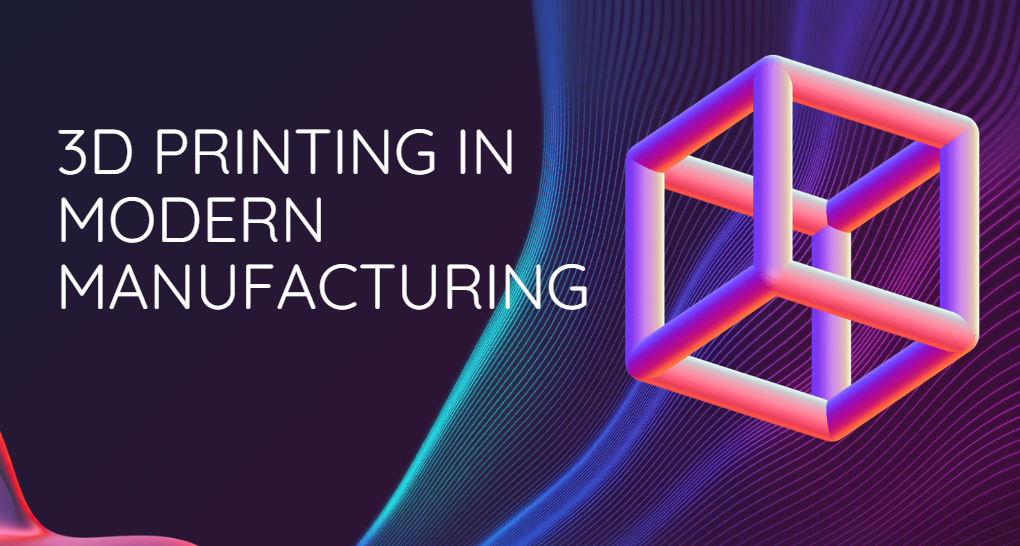3D printing, or additive manufacturing, is revolutionizing industries by allowing rapid prototyping and cost-effective production. Materials range from plastics to metals, and applications span from aerospace parts to medical implants. This innovation enables customized products and reduces waste compared to traditional subtractive manufacturing.
Summary
The video outlines the transformative potential of 3D printing, a form of additive manufacturing that enables the creation of complex objects layer by layer from digital designs. Unlike traditional manufacturing methods, which include subtractive manufacturing, forming, and casting, 3D printing allows for innovative designs that were previously unattainable. The process begins with a digital model created on a computer, which the 3D printer interprets to construct the intended object meticulously. The applications of 3D printing are vast and varied: engineers utilize it to create lighter and stronger airplane components, doctors craft custom limbs for patients, chefs explore new culinary creations, and hospitals manufacture essential body parts, potentially paving the way for organ replication in the future. As 3D printers begin to find their way into schools, shops, hospitals, and beyond, they hint at a future where anything can be made from scratch, opening doors to creativity and solutions in numerous fields.
Highlights
🎨 Innovative Additive Manufacturing: 3D printing allows creation from nothing, using layers of materials.
🔧 Applications Across Industries: Engineers, doctors, and chefs are leveraging this technology for practical solutions and creative projects.
🏥 Medical Breakthroughs: Hospitals are employing 3D printing to produce custom body parts for patients, including limbs and cartilage.
🌍 Shaping the Future: 3D printing might one day facilitate organ printing, revolutionizing healthcare capabilities.
🚀 Lightweight Engineering: Engineers are discovering ways to improve efficiency in aerospace with stronger and lighter parts.
🍽️ Culinary Creativity: Chefs are experimenting with 3D printers to create unimaginable dishes.
📚 Educational Integration: Schools are beginning to adopt 3D printing, enhancing learning experiences through hands-on creativity.
Key Insights
🔄 Revolutionary Technology: 3D printing represents a shift from traditional manufacturing processes which often involve removing material (subtractive processes) to a more additive approach. This fundamental change allows for unprecedented design capabilities, blurring the lines of feasibility in product development.
⚙️ Materials Diversity: The technology’s versatility in utilizing various materials, from plastics and metals to living cells, sets it apart from conventional manufacturing. This flexibility leads to the possibility of not just creating physical products, but also biological advancements, like tissue engineering.
👩⚕️ Customized Healthcare Solutions: The ability to produce custom medical devices and prosthetics tailored to individual patients signifies a radical improvement in personalized healthcare. This focus on customization can drastically improve the quality of life for numerous patients, marking a significant advancement in medical technology.
✈️ Efficiency in Engineering: Engineers are harnessing 3D printing not only to reduce the weight of components, which translates to fuel savings and performance enhancement in aviation, but also to innovate and experiment with designs previously limited by the constraints of traditional manufacturing.
🍫 Culinary Innovation: The impact of 3D printing on food production illustrates the technology’s reach beyond traditional industry bounds. As chefs engage with this technology, it opens avenues for creativity in gastronomy that could redefine perceptions of food.
🌐 Future Implications: The dream of printing complex biological organs could redefine medical practices, suggesting a future where organ shortages may be eliminated. This possibility encourages ongoing research and investment in 3D bio-printing, which could save countless lives.
🏫 Educational Adoption: By integrating 3D printing into educational settings, students can experience hands-on learning opportunities that foster creativity and problem-solving skills, preparing a future generation adept at working with advanced technologies.
In conclusion, 3D printing symbolizes a pivotal evolution in manufacturing that promises to augment various fields, significantly enhancing efficiencies, creativity, and health outcomes as society adapts to its capabilities.
Reference:
Wohlers Report 2023. (n.d.). 3D Printing Trends. https://wohlersassociates.com



